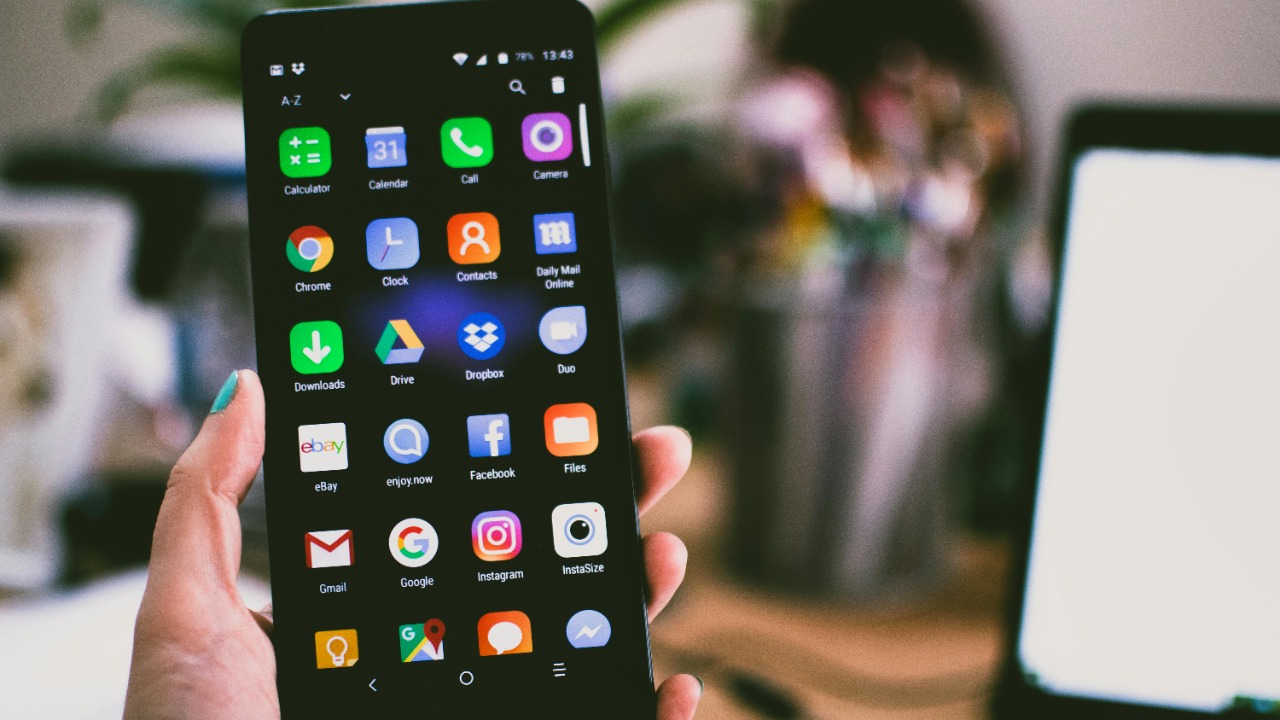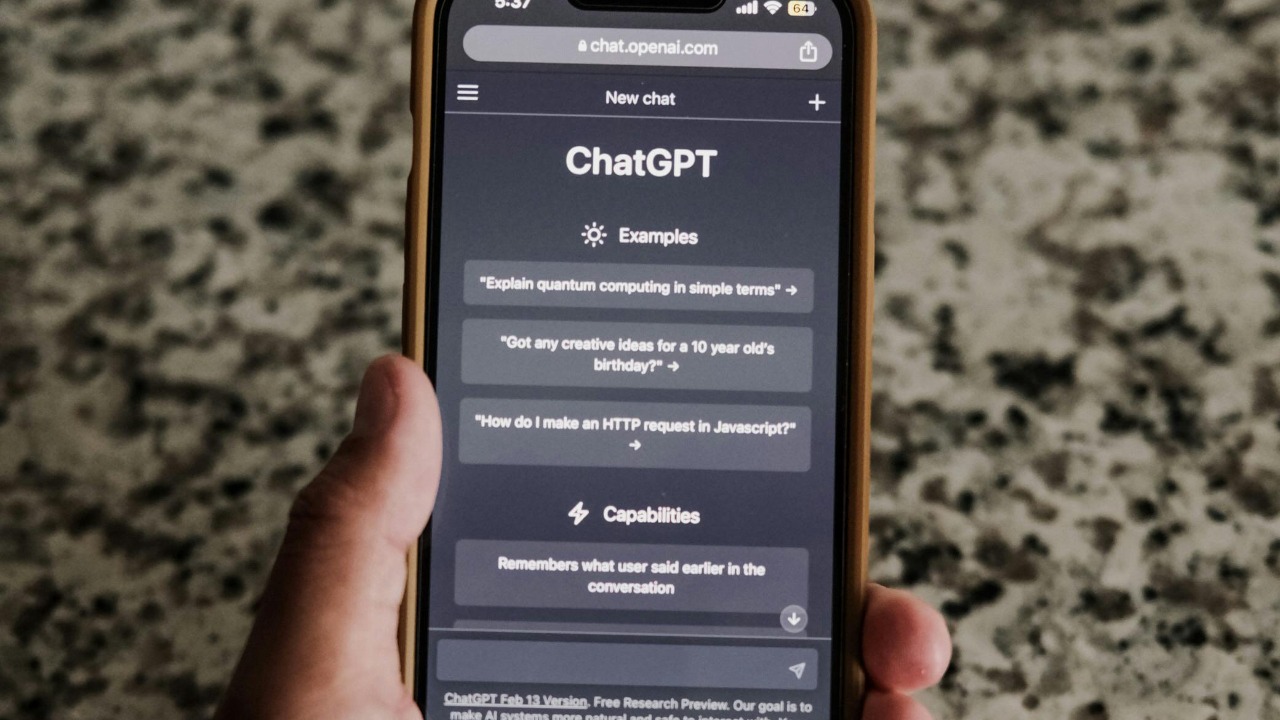
We’re living in a digital age where apps have become an integral part of our daily lives. However, it’s important to be aware of the subtle and not-so-subtle ways these apps are manipulating our behavior and decisions. Here are 12 techniques used by apps in 2025 to influence users.
1. Exploiting Fear of Missing Out (FOMO) through Limited Time Offers

Many apps exploit our fear of missing out by offering limited-time deals or exclusive content. This sense of urgency compels users to take immediate action, often leading to impulsive decisions. For example, shopping apps frequently use this tactic, flashing countdown timers and “only a few left in stock” messages to pressure users into making purchases.
2. Using Push Notifications to Control User Behaviour

Push notifications are a powerful tool for apps to control user behaviour. By sending alerts and updates directly to the user’s device, apps can induce a sense of urgency, curiosity, or obligation, nudging users to open the app and engage. Some fitness apps, for example, send regular reminders to exercise, creating a sense of guilt if users ignore them.
3. Personalized Advertising: Manipulation through Data Mining

Apps collect a vast amount of personal data, from browsing history to location, and use this information to deliver personalized ads. This tailored content can be highly persuasive, as it taps into our interests, needs, and vulnerabilities. Social media platforms, for instance, leverage data mining to display ads for products that users are likely to buy.
4. Reward Systems: The Illusion of Achievement

Many apps incorporate reward systems, offering points, badges, or virtual currencies for completing tasks. This creates an illusion of achievement and progress, incentivizing users to spend more time on the app. Gaming apps are notorious for this, with players often spending hours trying to earn rewards and level up.
5. Creating Dependence through Habit-Forming Design

Many apps are designed to be habit-forming, using psychological triggers to create a sense of dependence. This could be through daily reminders, streaks, or “check-ins”, all of which reinforce the need to use the app regularly. For example, meditation apps often encourage daily use with streak counters and reminders.
6. Manipulation through Micro-Transactions and In-App Purchases

Micro-transactions and in-app purchases are another common manipulation tactic. By offering additional content or features at a small cost, apps can slowly drain users’ wallets. This is particularly prevalent in gaming apps, where users are often encouraged to buy virtual items or currency.
7. The Use of Dark Patterns to Trick Users into Desired Actions

Dark patterns are deceptive design tactics used to trick users into taking actions they might not otherwise choose. This could include confusing language, hidden costs, or difficult opt-out processes. For more insight on this, check out this article on the dark patterns behind everyday apps.
8. The Illusion of Social Connection: Using Social Media Integration

Apps often integrate with social media platforms to create a sense of community and connection. However, this can also pressure users to engage more with the app to maintain their social status or connections. For example, fitness apps often allow users to share their workouts or achievements on social media, fostering a sense of competition and peer pressure.
9. Gamification: Making Mundane Tasks Addictive

Gamification involves applying game elements to non-game contexts, making mundane tasks more engaging and addictive. This can encourage users to spend more time on the app and complete more tasks. For example, language learning apps often use gamification, turning lessons into fun and addictive challenges.
10. Deceptive Interfaces: Misleading Users with Confusing Design

Some apps use deceptive interfaces to confuse and mislead users. This could include unclear navigation, hidden features, or misleading visuals. These techniques can trick users into taking actions they didn’t intend, such as signing up for a subscription or sharing personal information.
11. The Exploitation of Cognitive Biases in User Experience Design

Many apps exploit cognitive biases—our natural tendencies to think and act in certain ways—to influence user behaviour. For example, apps might use social proof (showing the actions of others) to encourage users to follow suit. For a deeper understanding of this, have a look at this study on the exploitation of cognitive biases in user experience design.
12. Using Artificial Intelligence to Predict and Influence User Behaviour

Artificial Intelligence (AI) is being increasingly used by apps to predict and influence user behaviour. By analyzing user data, AI can deliver personalized content and recommendations, subtly influencing users’ decisions and actions. For more insights on the rise of AI, check out these statistics.
As users, it’s crucial to be aware of these manipulation tactics and make informed decisions about how we interact with apps. By understanding these techniques, we can better navigate the digital world and maintain control over our online experiences.